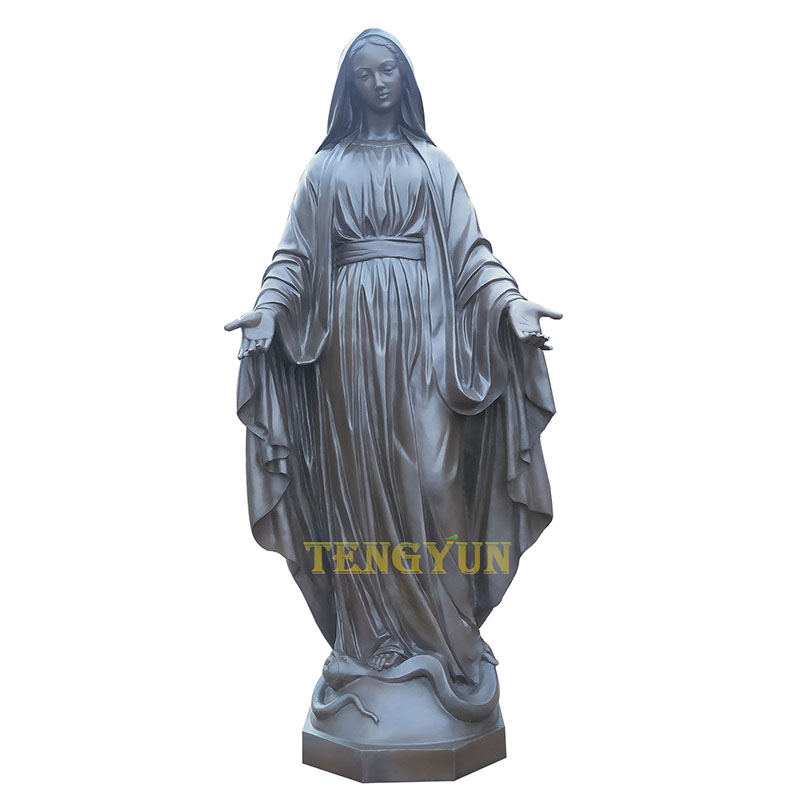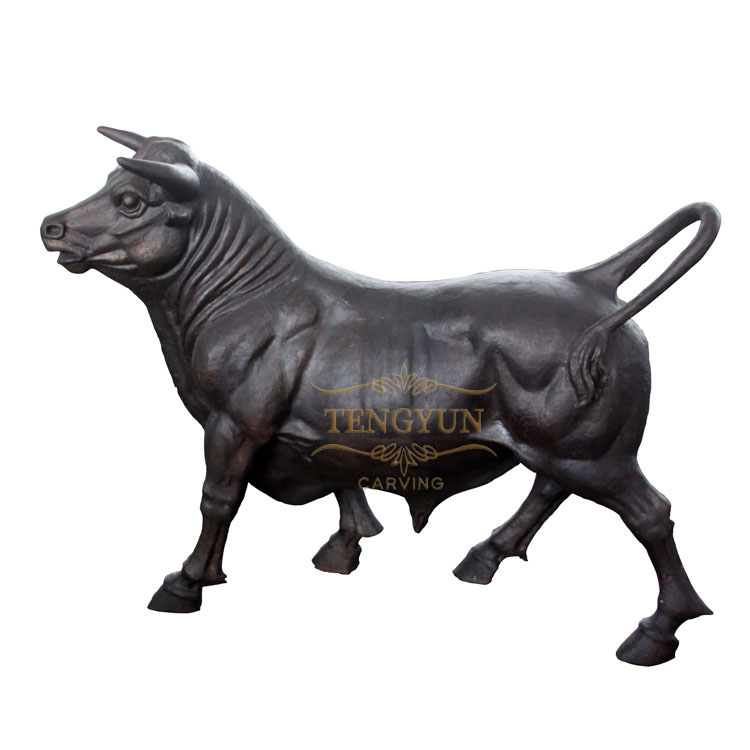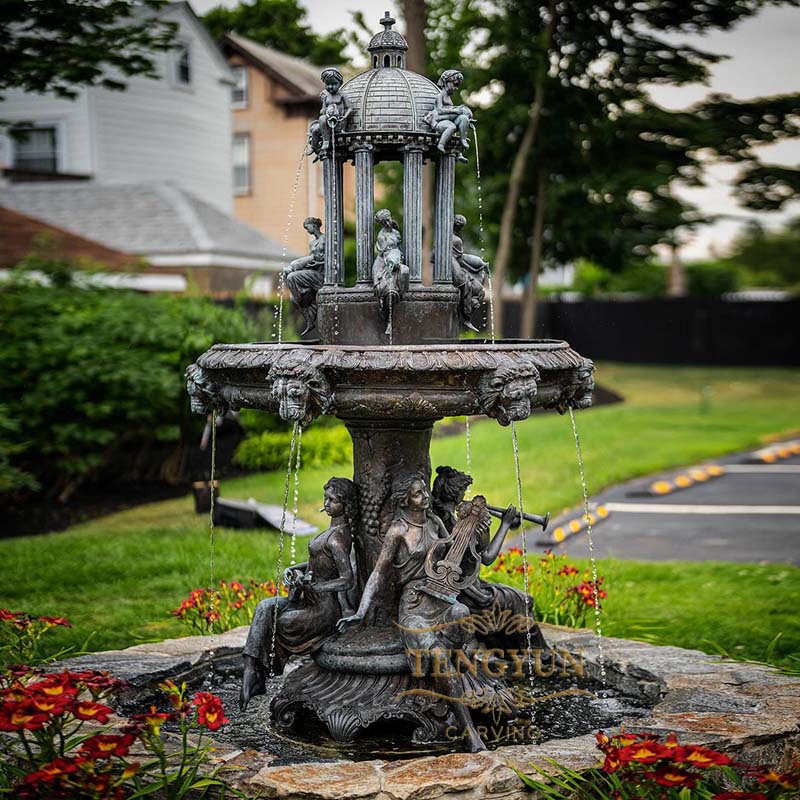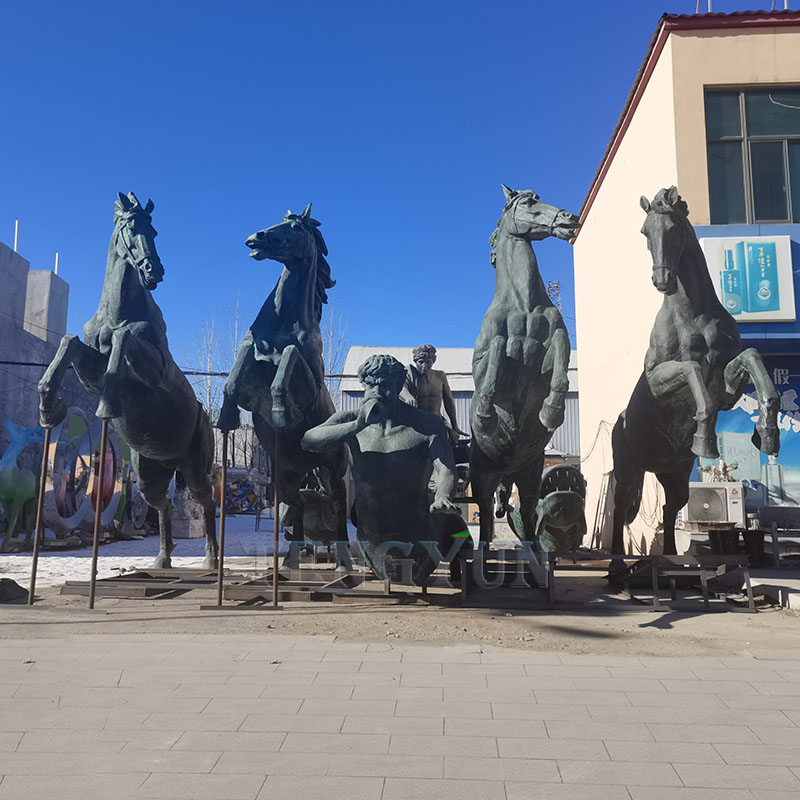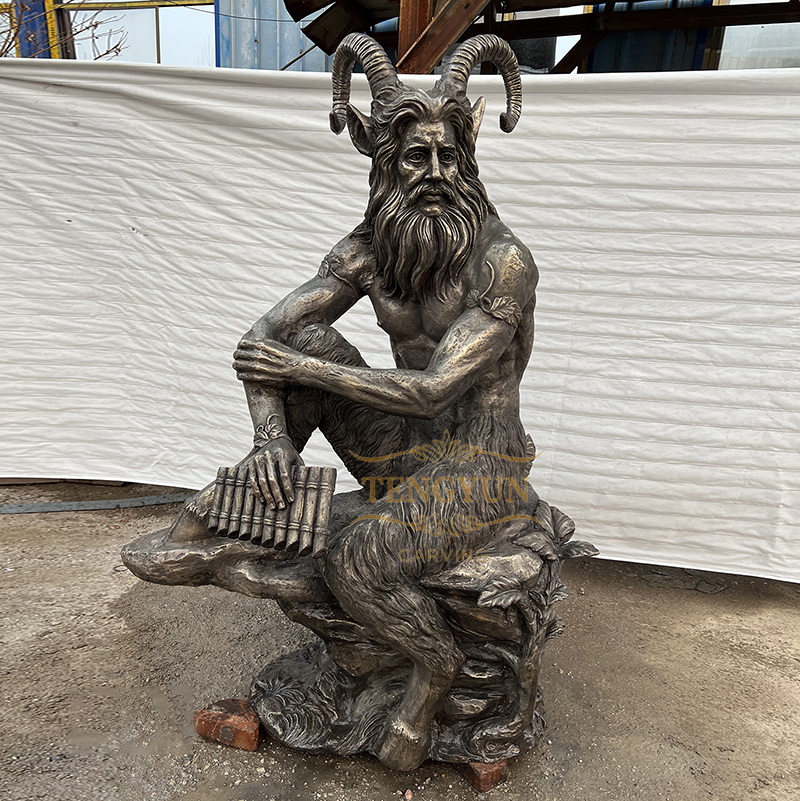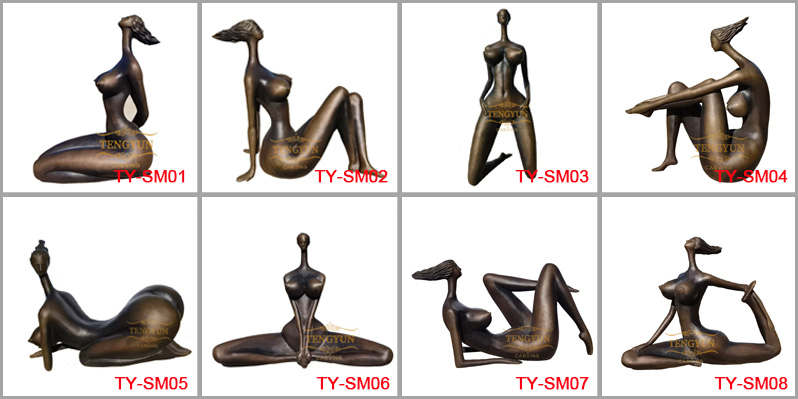Producing a custom-made bronze statue involves a series of meticulous steps that ensure the statue is crafted according to specific designs and quality standards. The main difference between custom products and non-custom products is design. Here's a breakdown of the typical process:
1. Concept and Design
Client's Idea: Discuss the client's vision, including size, style, material, and details of the statue.
Sketches/3D Models: Create sketches or 3D digital models to visualize the final product and gain approval from the client. Sometimes clients can provide their own sketches or 3d drawings. That's helpful. You can share your design (sketches, 3D models, or detailed instructions), and suppliers can assess its feasibility for production.
As the professional manufacturer of sculptures, we, TENGYUN CARVING has professional design team. If you don't have sketch or drawing, we can make the design according to your request.
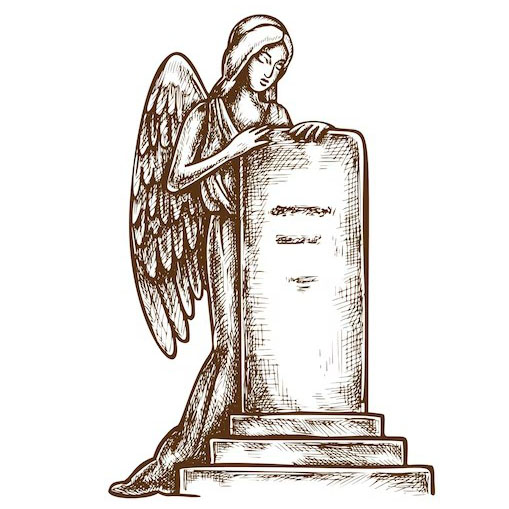
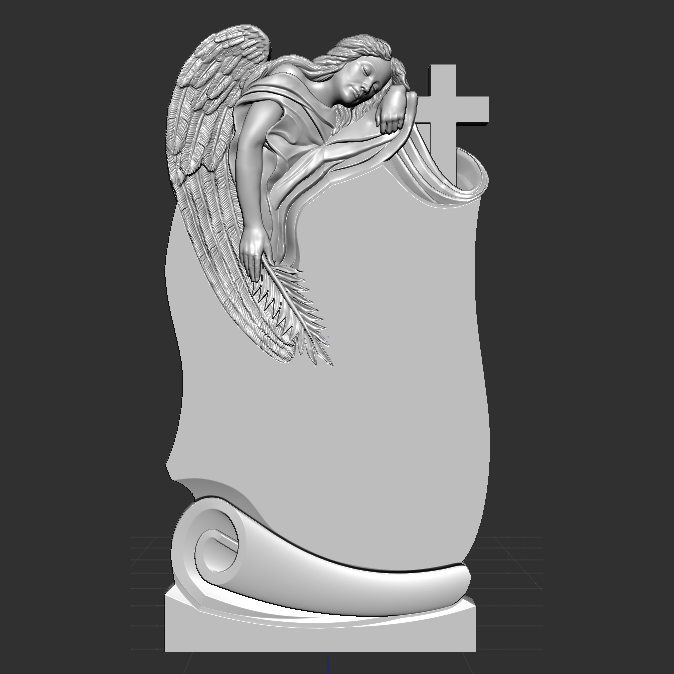
2. Sculpting the Model
Clay Model: A 1:1 model is sculpted using clay. This model is a detailed representation of the final bronze sculpture.
Adjustments: Ensure the client is satisfied with the details, making necessary adjustments.
3D Printed Model: If the design is 3d drawing, we can make 3D printed model, such models are more sophisticated.
3. Molding
Rubber Mold: A rubber mold is created by applying layers of rubber around the original model. This captures every detail of the sculpted piece.
Support Shell: A plaster or fiberglass shell (mother mold) is made around the rubber mold for rigidity.

4. Wax Casting
Wax Copy: Molten wax is poured into the rubber mold to create a hollow wax version of the statue. After hardening, the mold is removed.
Wax Detailing: Artists refine the wax model to fix any imperfections or add finer details.


5. Spruing and Gating
Sprues: Wax channels (sprues) are attached to the wax model to ensure proper flow of molten bronze during casting. These sprues will later be cut off.
Shell Building: The wax model is dipped into a ceramic slurry, followed by layers of silica sand, to build a ceramic mold around the wax. This process is repeated to form a thick shell.
6. Wax Burnout
Burning the Wax: The ceramic mold is heated in a kiln, melting and draining the wax out. This leaves a hollow cavity inside the ceramic shell, ready for bronze pouring.
7. Bronze Casting
Pouring the Bronze: Bronze is heated to its melting point (about 1,200°C / 2,200°F) and poured into the ceramic mold through the sprue system.
Cooling: The molten bronze is allowed to cool and harden inside the mold.
8. Breaking the Mold
Removing the Shell: Once cooled, the ceramic shell is carefully broken away, revealing the bronze statue.
9. Chasing and Welding
Welding Pieces Together: If the statue was cast in multiple parts, they are welded together seamlessly.
Surface Refinement: Any excess metal (sprues, gates) is removed, and the surface is cleaned and refined to remove imperfections.
10. Patination
Coloring the Bronze: The statue undergoes a chemical patination process, where acids or heat are applied to the surface to achieve the desired color and texture (e.g., green, brown, or golden finishes).
11. Mounting and Finishing
Base Installation: The bronze statue is mounted onto a base, often made of stone or marble.
Final Polish: A protective wax coating or sealant is applied to preserve the finish and protect against weathering.
That is to say, except for the difference in the model, the other steps are the same as those of ordinary bronze sculpture production. That is to say, except for the difference in the model, the other steps are the same as the ordinary bronze sculpture production steps. The production of the model is the basis, which requires customers to choose a professional manufacturer. We, Tengyun, is a professional manufacturer. Every year we design and make many different types of sculptures.
If you want to make custom-made bronze statues, welcome to contact us, we can help you make your statue.
Post time: Sep-30-2024






